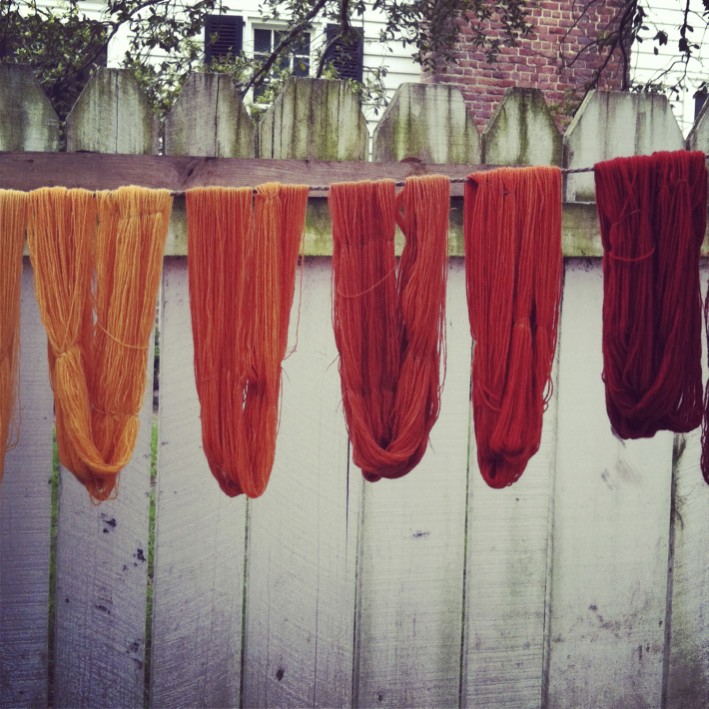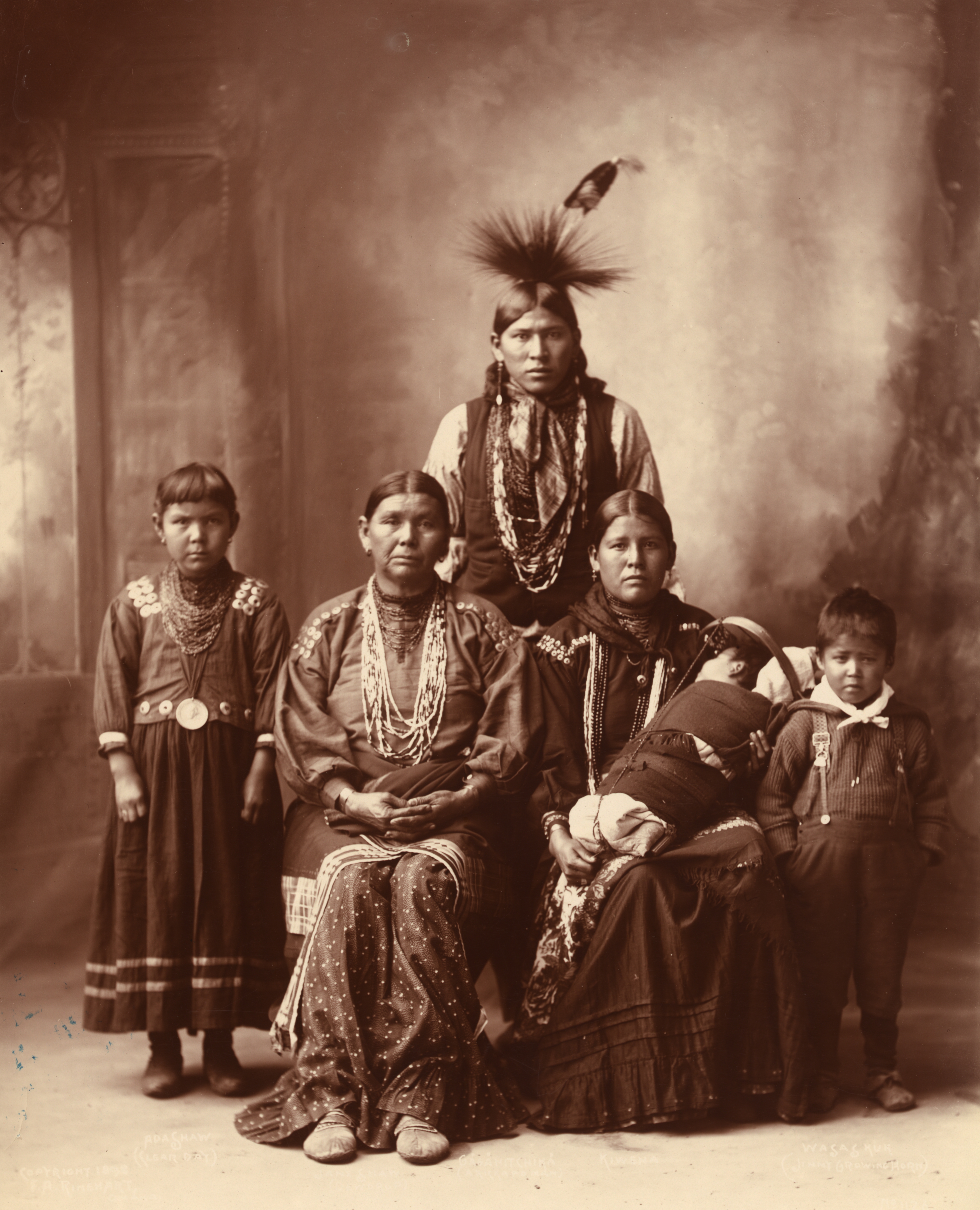|
Agaseke
Agaseke is a type of traditional Rwandese woven basket. It is characterized by its flat circular base that is taller than it is wide, with a sloped conical fitted lid. It is traditionally made of native natural fibers in natural off-white colors with naturally-dyed patterns in colors like purple, green, black, yellow, and red. There are numerous patterns that can be displayed on the sides of the agaseke, each with their own significance. Etymology The word ''Agaseke'' is composed of two parts: aga- which indicates singularity and -seke which indicates the object itself. ''Agaseke'' in its plural form is uduseke. An alternative spelling of uduseke as ubuseke is also common. Cultural symbolism Rwandese produce many styles of basket, the most notable being the agaseke because of the importance it holds in family life. Uduseke are used to promote positive inter-family relations as they are primarily used to hold food and/or other gifts when going to visit someone or when going ... [...More Info...] [...Related Items...] OR: [Wikipedia] [Google] [Baidu] |
Rwanda
Rwanda (; rw, u Rwanda ), officially the Republic of Rwanda, is a landlocked country in the Great Rift Valley of Central Africa, where the African Great Lakes region and Southeast Africa converge. Located a few degrees south of the Equator, Rwanda is bordered by Uganda, Tanzania, Burundi, and the Democratic Republic of the Congo. It is highly elevated, giving it the soubriquet "land of a thousand hills", with its geography dominated by mountains in the west and savanna to the southeast, with numerous lakes throughout the country. The climate is temperate to subtropical, with two rainy seasons and two dry seasons each year. Rwanda has a population of over 12.6 million living on of land, and is the most densely populated mainland African country; among countries larger than 10,000 km2, it is the fifth most densely populated country in the world. One million people live in the capital and largest city Kigali. Hunter-gatherers settled the territory in the Stone ... [...More Info...] [...Related Items...] OR: [Wikipedia] [Google] [Baidu] |
Tradition
A tradition is a belief or behavior (folk custom) passed down within a group or society with symbolic meaning or special significance with origins in the past. A component of cultural expressions and folklore, common examples include holidays or impractical but socially meaningful clothes (like lawyers' wigs or military officers' spurs), but the idea has also been applied to social norms such as greetings. Traditions can persist and evolve for thousands of years—the word ''tradition'' itself derives from the Latin ''tradere'' literally meaning to transmit, to hand over, to give for safekeeping. While it is commonly assumed that traditions have an ancient history, many traditions have been invented on purpose, whether that be political or cultural, over short periods of time. Various academic disciplines also use the word in a variety of ways. The phrase "according to tradition", or "by tradition", usually means that whatever information follows is known only by oral trad ... [...More Info...] [...Related Items...] OR: [Wikipedia] [Google] [Baidu] |
Woven Fabric
Woven fabric is any textile formed by weaving. Woven fabrics are often created on a loom, and made of many threads woven on a warp and a weft. Technically, a woven fabric is any fabric made by interlacing two or more threads at right angles to one another. Woven fabrics can be made of both natural and synthetic fibres, and are often made from a mixture of both. E.g. 100% Cotton or 80% Cotton & 20% polyester. 60% spandex and 40% cotton could also be woven together. Woven fabric is typically used in clothing, garments, for decoration, furniture or covering purposes such as carpets. In the Midwest, it is popular to have woven wicker furniture in sitting areas such as a patio or a dining room. Qualities Woven fabrics only stretch diagonally on the bias directions (between the warp and weft directions), unless the threads used are elastic. Woven fabric cloth usually frays at the edges, unless techniques are used to counter it, such as the use of pinking shears or hemming. Differen ... [...More Info...] [...Related Items...] OR: [Wikipedia] [Google] [Baidu] |
Natural Dye
Natural dyes are dyes or colorants derived from plants, invertebrates, or minerals. The majority of natural dyes are vegetable dyes from plant sources—roots, berries, bark, leaves, and wood—and other biological sources such as fungi. Archaeologists have found evidence of textile dyeing dating back to the Neolithic period. In China, dyeing with plants, barks and insects has been traced back more than 5,000 years.Goodwin (1982), p. 11. The essential process of dyeing changed little over time. Typically, the dye material is put in a pot of water and heated to extract the dye compounds into solution with the water. Then the textiles to be dyed are added to the pot, and held at heat until the desired color is achieved. Textile fibre may be dyed before spinning or weaving ("dyed in the wool"), after spinning ("yarn-dyed") or after weaving ("piece-dyed"). Many natural dyes require the use of substances called mordants to bind the dye to the textile fibres. Mordants (from the Latin ... [...More Info...] [...Related Items...] OR: [Wikipedia] [Google] [Baidu] |
Demographics Of Rwanda
This article is about the demographic features of the population of Rwanda, including population density, ethnicity, education higher level, health of the populace, economic status, religious affiliations and other aspects of the population. Rwanda's population density, even after the 1994 genocide, is among the highest in Sub-Saharan Africa at . This country has few villages, and nearly every family lives in a self-contained compound on a hillside. The urban concentrations are grouped around administrative centers. Over half of the adult population is literate, but no more than 5% have received secondary education. Ethnic groups The Rwandan population largely consists of three ethnic groups. The Hutus, who comprise the majority of the population (85%), are farmers of Bantu origin. The Tutsis (14% before the Genocide, probably less than 10% now) are a pastoral people who arrived in the area in the 15th century. Until 1959, they formed the dominant caste under a feudal syste ... [...More Info...] [...Related Items...] OR: [Wikipedia] [Google] [Baidu] |
Family Life
Family (from la, familia) is a group of people related either by consanguinity (by recognized birth) or affinity (by marriage or other relationship). The purpose of the family is to maintain the well-being of its members and of society. Ideally, families offer predictability, structure, and safety as members mature and learn to participate in the community. Historically, most human societies use family as the primary locus of attachment, nurturance, and socialization. Anthropologists classify most family organizations as matrifocal (a mother and her children), patrifocal (a father and his children), conjugal (a wife, her husband, and children, also called the nuclear family), avuncular (a man, his sister, and her children), or extended (in addition to parents and children, may include grandparents, aunts, uncles, or cousins). The field of genealogy aims to trace family lineages through history. The family is also an important economic unit studied in family economics. ... [...More Info...] [...Related Items...] OR: [Wikipedia] [Google] [Baidu] |
Rwandan Genocide
The Rwandan genocide occurred between 7 April and 15 July 1994 during the Rwandan Civil War. During this period of around 100 days, members of the Tutsi minority ethnic group, as well as some moderate Hutu and Twa, were killed by armed Hutu militias. The most widely accepted scholarly estimates are around 500,000 to 662,000 Tutsi deaths. In 1990, the Rwandan Patriotic Front (RPF), a rebel group composed mostly of Tutsi refugees, invaded northern Rwanda from their base in Uganda, initiating the Rwandan Civil War. Over the course of the next three years, neither side was able to gain a decisive advantage. In an effort to bring the war to a peaceful end, the Rwandan government led by Hutu president, Juvénal Habyarimana signed the Arusha Accords (Rwanda), Arusha Accords with the RPF on 4 August 1993. The catalyst became assassination of Juvénal Habyarimana and Cyprien Ntaryamira, Habyarimana's assassination on 6 April 1994, creating a power vacuum and ending peace accords. Gen ... [...More Info...] [...Related Items...] OR: [Wikipedia] [Google] [Baidu] |
Seal Of Rwanda
The coat of arms of Rwanda is the national symbol and used by the government. It was restyled in 2001 to match the color scheme of the new national flag. The text reads "Republic of Rwanda - Unity, Work, Patriotism" in Kinyarwanda. The central tribal devices, a stem of sorghum, a branch of a coffee tree and a traditional basket are surmounted on a cog wheel with the sun with its rays above, while two typical Rwandan shields protects them, one on the right and one on the left. They are encircled by a square knot. The details of the coat of arms are laid out in Article 3(2) of the Constitution of Rwanda. The previous emblem dated from the 1960s-the colors green, yellow and red represented peace; the nation's hope for future development; and the people. According to the state, the device and the flag itself were changed because they had become associated with the brutality of the Rwandan genocide. However, some Rwandans at the time expressed doubts about the stated reasoning and ... [...More Info...] [...Related Items...] OR: [Wikipedia] [Google] [Baidu] |
Cooperatives
A cooperative (also known as co-operative, co-op, or coop) is "an autonomous association of persons united voluntarily to meet their common economic, social and cultural needs and aspirations through a jointly owned and democratically-controlled enterprise".Statement on the Cooperative Identity. '' International Cooperative Alliance.'' Cooperatives are democratically controlled by their members, with each member having one vote in electing the board of directors. Cooperatives may include: * businesses owned and managed by the people who consume their goods and/or services (a ... [...More Info...] [...Related Items...] OR: [Wikipedia] [Google] [Baidu] |
Cultural Diplomacy
Cultural diplomacy is a type of public diplomacy and soft power that includes the "exchange of ideas, information, art, language and other aspects of culture among nations and their peoples in order to foster mutual understanding". The purpose of cultural diplomacy is for the people of a foreign nation to develop an understanding of the nation's ideals and institutions in an effort to build broad support for economic and political goals. In essence "cultural diplomacy reveals the soul of a nation", which in turn creates influence.United States, Department of State, Advisory Committee on Cultural Diplomacy, Diplomacy Report of the Advisory Committee on Cultural Diplomacy, 3. Though often overlooked, cultural diplomacy can and does play an important role in achieving national security efforts. Definition Culture is a set of values and practices that create meaning for society. This includes both high culture (literature, art, and education, which appeals to elites) and popula ... [...More Info...] [...Related Items...] OR: [Wikipedia] [Google] [Baidu] |
Women's Empowerment
Women's empowerment (or female empowerment) may be defined in several ways, including accepting women's viewpoints, making an effort to seek them and raising the status of women through education, awareness, literacy, and training.Kabeer, Naila. "Gender equality and women'empoverment: A critical analysis o the third millennium development goal 1." ''Gender & Development'' 13.1 (2005): 13–24. Women's empowerment equips and allows women to make life-determining decisions through the different societal problems. They may have the opportunity to re-define gender roles or other such roles, which allow them more freedom to pursue desired goals. Women's empowerment has become a significant topic of discussion in development and economics. Economic empowerment allows women to control and benefit from resources, assets, and income. It also aids the ability to manage risk and improve women's well-being.Oxfam (Forthcoming), "Women's Economic Empowerment Conceptual Framework" It can r ... [...More Info...] [...Related Items...] OR: [Wikipedia] [Google] [Baidu] |







.jpg)